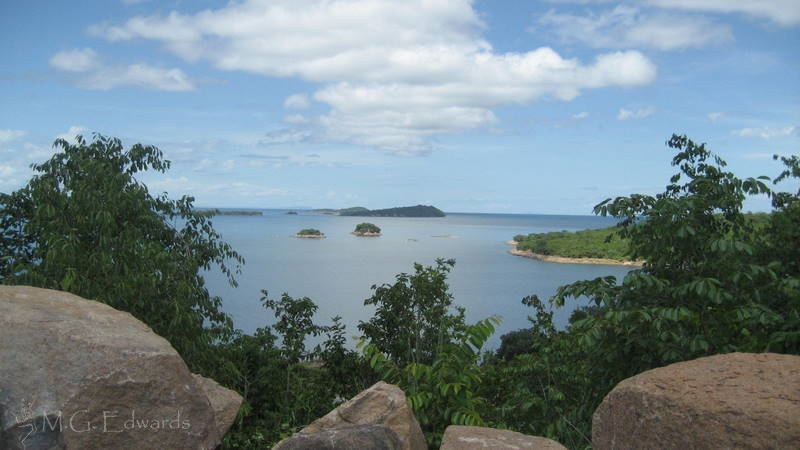Tete, Central Mozambique’s largest city with about 150,000 inhabitants, was far different from the neighboring countryside. A surprisingly modern city in the heart of an underdeveloped region, its architecture had a Portuguese flavor dulled by the years that followed independence. Situated on the banks of the Tete River, its eastern and western banks were linked by a suspension bridge that had seen better days but was currently undergoing renovation. The city center reminded me of others I had seen during my travels to Maputo, Mozambique’s capital, and Brazil, another former Portuguese colony. An outpost of centralized-style governance, all roads in the area quite literally led to Tete, and virtually all services, from government administration to filling stations, were located within a short drive of the city center. There were no other way stations for hundreds of kilometers. I passed up the opportunity to fuel my car because I had three-quarters of a tank of diesel and did not want to buy the metacais necessary to purchase fuel in Mozambique. I had less than a quarter of a tank left from a fill-up in southwestern Malawi when I finally passed another service station over 250 kilometers down the road in Mutoko, Zimbabwe.
One highlight of a visit to central Mozambique is geography. The landscape changes from stunning to tired and worn and back and gain, growing progressively drier as you drive west. The foliage turns from leafy green to sagebrush and thorny scrub. Most of the rivers in this area had already dried up despite the fact that the rainy season just ended, leaving the land and its people increasingly thirsty and dependent on stagnant borehole wells. The mountains near the Malawian border are wild and forbidding. I reckoned that very few tourists had ever visited this area, most notably due to the lack of tourist infrastructure – roads and hotels – and the fact that the land is still riddled with hidden land mines left over from the civil war that affected Mozambique for several decades before it ended in 1993. While I am an adventurous sort who would gladly lose myself in a place such as this, the presence of land mines made me hesitant to make this wish a reality.
Not far from the Zimbabwe border I saw three small, colonial style buildings at intervals along the road that looked conspicuously out of place amidst the cinder block rondavels and block houses. Featuring stucco walls with tiled roofs, they looked as if they had been transplanted in southern Africa from rural Portugal. I realized that this must have been the ruins of a former estate owned by a colonial Portuguese family that probably grew tobacco, a major crop in the area. The terrain looked as if it had once been cultivated and shaped in a manner more fit for Europe than rural Africa. The estate had most likely been abandoned by its owner either after Mozambican independence in 1975 or during the subsequent civil war. It was now overgrown with wild brush and small, unkempt fields. Locals had moved into the remaining structures and had lost the battle to keep the estate intact; they now spent their time growing maize in small plots and cutting trees to make charcoal. The story of this estate and the underlying tragedy of its demise would make for an interesting read.
Journey from Malawi to Zimbabwe via Mozambique



